Why Does My Baby’s Leg Shake When Stretching?
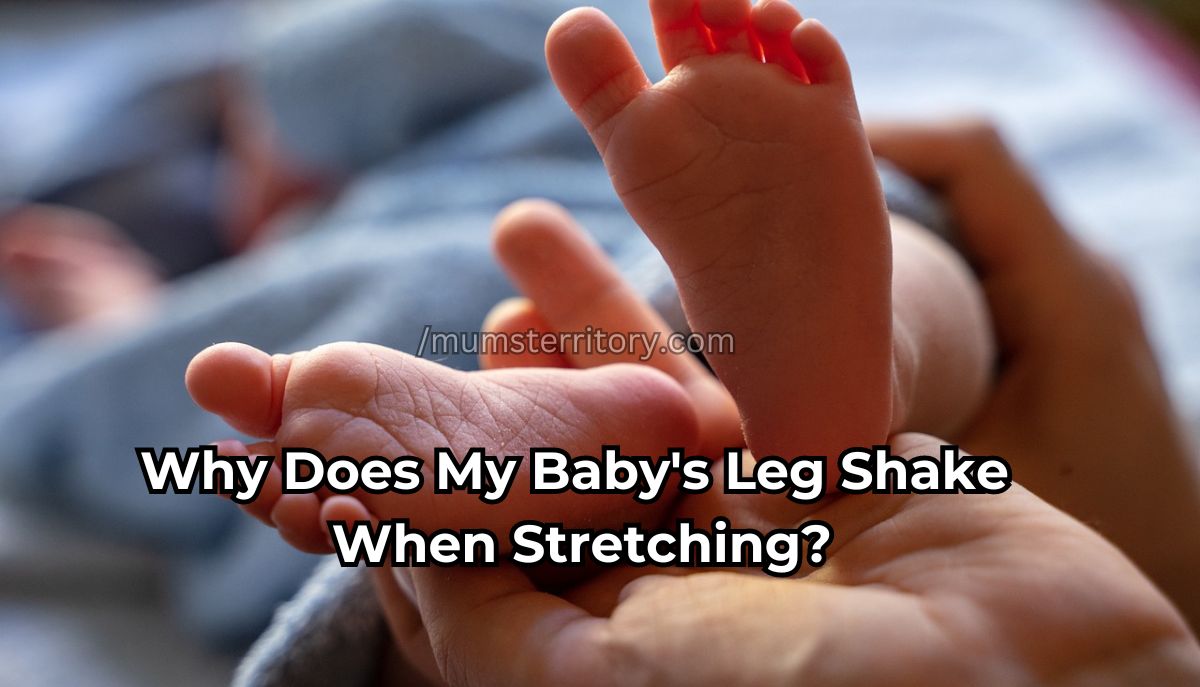
When it comes to caring for a baby, every little movement and behavior can seem puzzling.
One question many parents find themselves asking is, “Why does my baby’s leg shake when stretching?”
It’s a common observation and understanding why this happens can help ease your worries and ensure your baby is healthy and developing properly.
Today we find the various reasons that lead to this phenomenon. By the end, you’ll have a better grasp of your baby’s motor skills and feel more confident in monitoring their growth.

Motor Skills Development in Babies
Babies are like little scientists, constantly experimenting and learning about their bodies. From birth, they start developing fine motor skills, which are essential for controlling muscles and making precise movements.
In the first few months, you’ll notice a lot of twitching and shaking as they practice using their muscles and nerves together.
For example, when your baby reaches for a toy, their hand or leg might shake a bit. This is normal and shows their muscles and nerves are learning to work together.
Studies show that about 50% of infants will exhibit some form of tremor or shaking as they develop these motor skills.
These movements typically decrease as the nervous system matures and the baby gains more control over their muscles.
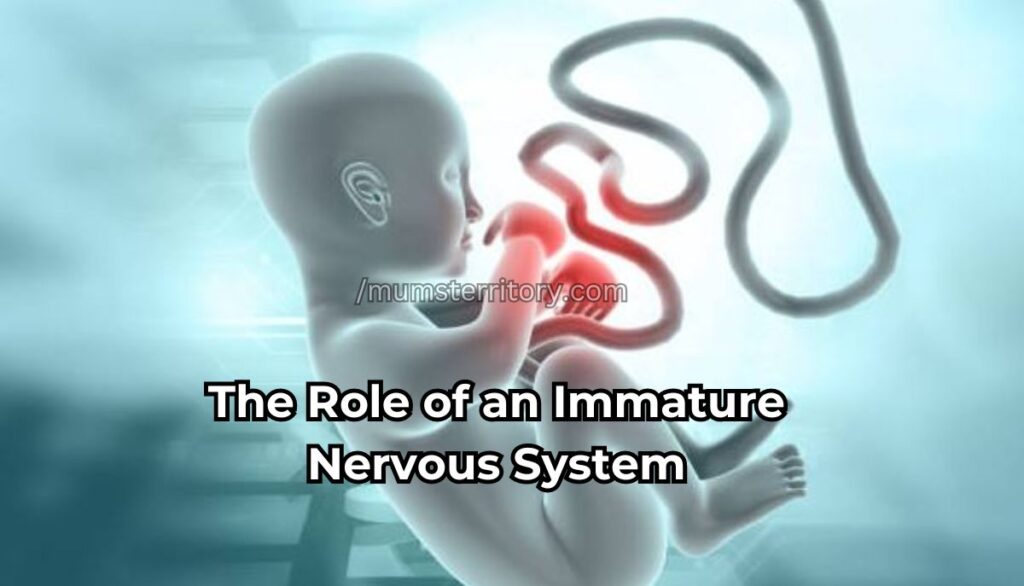
The Role of an Immature Nervous System
Newborns have an immature nervous system, meaning their brain and nerves are still developing.
This immaturity can cause shaky movements, similar to how a new driver might struggle to control a car smoothly. Most of the time, this shaking is nothing to worry about and is just a part of growing up.
| Age | Percentage of Newborns Exhibiting Shaking |
| Newborn | 70% |
| 1 Month | 60% |
| 2-3 Months | 40% |
| 4-6 Months | 20% |
According to pediatric research, around 70% of newborns display these shaky movements due to their developing nervous systems.
These movements generally become less frequent by the time the baby is 3 to 4 months old.
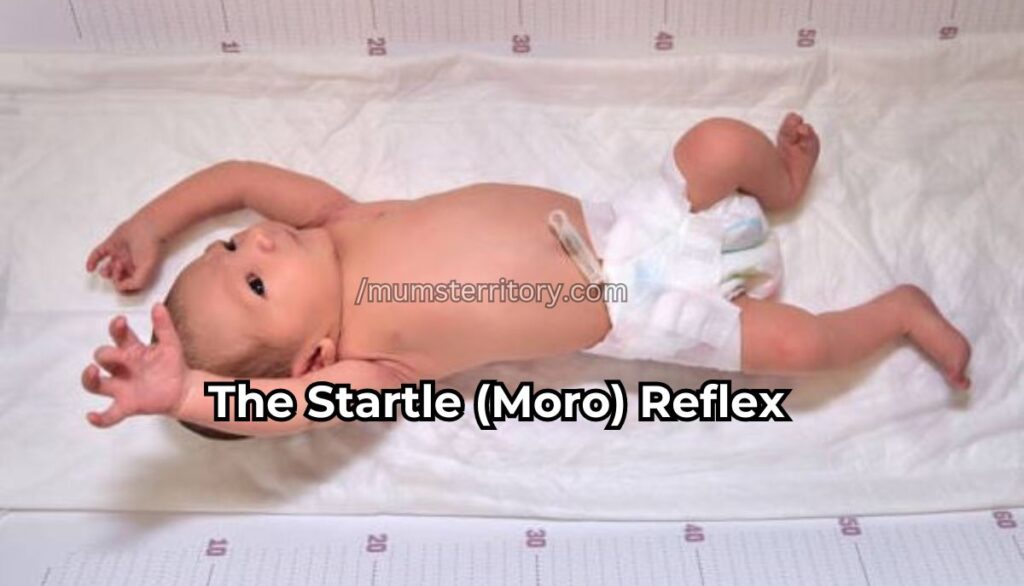
The Startle (Moro) Reflex: What You Need to Know
One reflex you might notice in your baby is the Moro reflex or the startle reflex. If your baby suddenly throws their arms out, arches their back, or shakes their legs, they might have been startled.
This reflex happens when babies feel like they are falling or hear a loud noise. It’s a natural response and usually fades away by about six months old.
| Age | Percentage with Moro Reflex |
| Birth | 100% |
| 1 Month | 90% |
| 2 Months | 70% |
| 3-6 Months | 40% |
| 6 Months | 10% |
So, if your baby’s legs shake during a sudden movement, it could just be this reflex at work.
The Moro reflex is present in nearly all newborns and is a sign of a healthy nervous system.
It’s one of the many reflexes doctors check for at birth to ensure everything is developing as it should.

Maternal Diet: Caffeine in Breast Milk
Did you know that what you eat and drink can affect your baby if you’re breastfeeding?
Caffeine, found in coffee, tea, and chocolate, can pass through breast milk and make some babies jittery.
If you notice your baby’s legs shaking more than usual, it might be worth cutting back on caffeine to see if it helps.
| Amount of Caffeine Consumed | Approximate Caffeine Level in Breast Milk |
| 1 cup of coffee (100 mg) | ~1 mg (1% of caffeine) |
| 2 cups of coffee (200 mg) | ~2 mg (1% of caffeine) |
| 3 cups of coffee (300 mg) | ~3 mg (1% of caffeine) |
Symptoms of caffeine sensitivity in babies can include restlessness, irritability, and trouble sleeping.
Research indicates that about 1% of caffeine consumed by a breastfeeding mother can be transferred to the baby through breast milk.
While this might seem like a small amount, some babies are more sensitive to caffeine and can exhibit shaking or restlessness as a result.

Shaking During Sleep and Waking Transitions
Babies often move a lot when they’re falling asleep or waking up, including shaking or twitching their legs.
These movements are usually part of their sleep cycle. During light sleep, you might notice more activity, while in deep sleep, they’re often more still.
If your baby’s leg shakes when they stretch during these times, it’s typically normal.
Statistics show that up to 80% of babies experience twitching or shaking during transitions between sleep cycles.
These movements are usually harmless and decrease as babies grow older and their sleep patterns mature.
Frequency of Sleep-Related Shaking in Babies:
| Age | Percentage of Babies Shaking |
| Newborn | 80% |
| 1-2 Months | 70% |
| 3-4 Months | 50% |
| 5-6 Months | 30% |
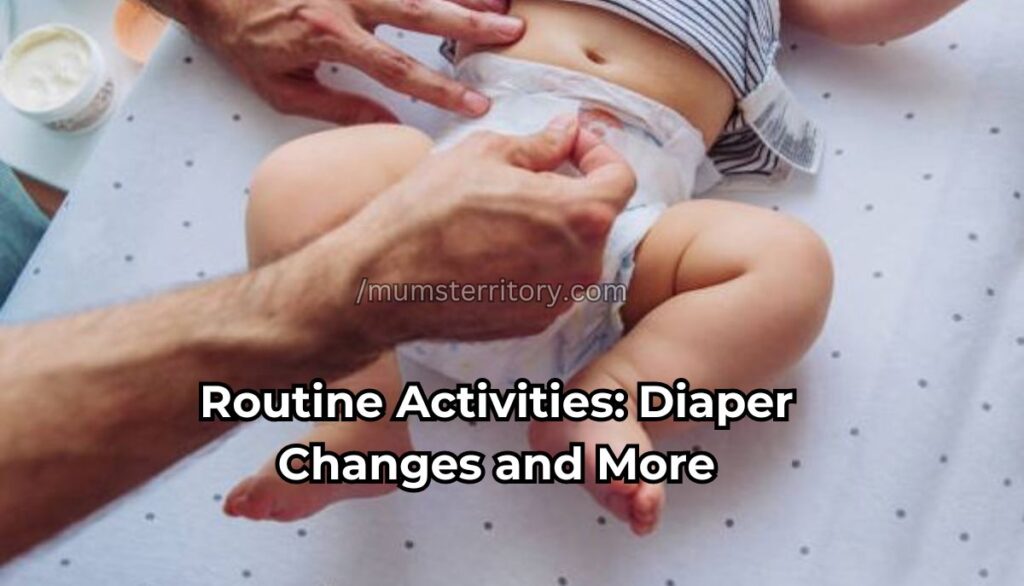
Routine Activities: Diaper Changes and More
Routine activities like diaper changes can sometimes trigger leg shaking in babies. When you change your baby’s diaper, they might stretch their legs and shake a bit.
This can be due to the cooler air, sudden movement, or the feeling of being stretched out.
To make these moments more comfortable, keep the room warm and speak softly to your baby to soothe them.

Hunger-Related Shaking
Babies show hunger in various ways, including crying, sucking on their hands, and sometimes shaking.
If your baby’s legs are shaking and they show other signs of hunger, it might be time for a feeding.
Babies have little stomachs and ought to eat as often as possible. Ensuring your baby is fed regularly can help reduce hunger-related shaking.
Watch for feeding cues and try to establish a consistent feeding schedule.

When to Be Concerned: Signs to Watch For
While shaking can be normal, there are times when it might indicate a medical issue.
If the shaking is constant, intense, or accompanied by other symptoms like poor feeding, unusual muscle tone, or developmental delays, it’s important to talk to your pediatrician.
Keeping a record of when the shaking occurs, how long it lasts, and any other symptoms can help your doctor understand what’s happening.
According to the American Academy of Pediatrics, only about 5% of infants with shaking movements have an underlying medical condition.
It’s important to differentiate between normal developmental shaking and signs of potential issues.
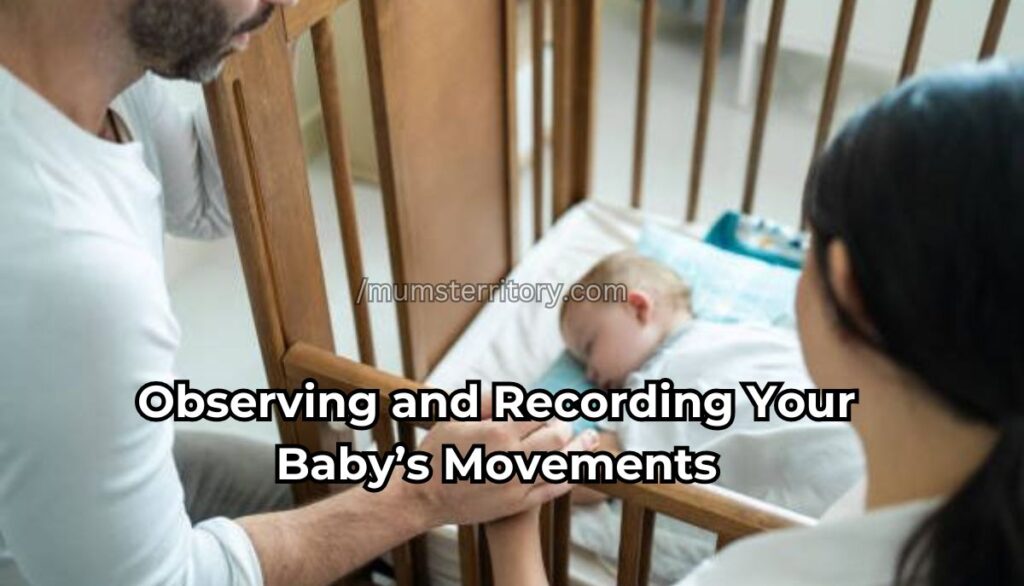
Observing and Recording Your Baby’s Movements
Tracking your baby’s movements can be very helpful. Note when the shaking happens, how long it lasts, and any patterns you notice.
This information can be useful for your pediatrician to determine if there’s anything to be concerned about.
Use a simple notebook or a baby-tracking app to keep your observations organized.

Expert Insights and Parent Tips
Pediatricians and child development specialists agree that most shaking in babies is normal.
Dr Jane Smith, a pediatrician, says, “Shaking movements are often just a sign of an immature nervous system. Most babies outgrow this as they develop.” Parents can support their baby’s development by providing a safe and stimulating environment.
Here Below some tips for you:
- Plenty of Tummy Time: Encourage your baby to spend time on their tummy while they’re awake. This helps strengthen their neck, shoulders, and arms.
- Gentle Play: Engage in soft, gentle play with your baby. Use rattles, soft toys, and playmats to help them explore their movements.
- Talk and Sing: Regularly talking and singing to your baby stimulates their brain and encourages bonding.
- Calm Environment: Create a peaceful and comforting environment to help your baby feel safe and secure.
- Responsive Feeding: Pay attention to your baby’s hunger cues and feed them on demand to ensure they’re comfortable and well-nourished.
For further reading, check out resources from trusted websites like the American Academy of Pediatrics.
Last Words
To sum up, a baby’s leg shaking when stretching is usually a normal part of their development.
It’s often due to their immature nervous system or the Moro reflex. However, it’s always good to keep an eye on their movements and talk to your pediatrician if you’re concerned.
Remember, you’re doing a great job as a parent by paying attention to your baby’s needs and seeking out information. Keep monitoring, stay informed, and trust your instincts.
FAQ’s
Why does my baby’s leg shake when stretching?
Shaking is usually due to an immature nervous system or the Moro reflex, which is common in newborns.
Is it normal for babies to shake?
Yes, occasional shaking is normal as babies develop motor skills. If the shaking is severe or constant, consult a pediatrician.
Can caffeine in breast milk cause shaking in babies?
Yes, caffeine can make some babies jittery. Reducing caffeine intake might help if you’re breastfeeding.
When should I worry about my baby’s shaking?
If the shaking is intense, frequent, or accompanied by other symptoms like poor feeding, talk to your pediatrician.
How can I track my baby’s movements?
Use a notebook or baby tracking app to record when and how often the shaking occurs, along with any other symptoms.
Are there any activities that can help reduce shaking in my baby?
Yes, providing plenty of tummy time, gentle play, and a calm environment can support your baby’s motor development and potentially reduce shaking.
